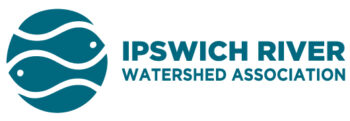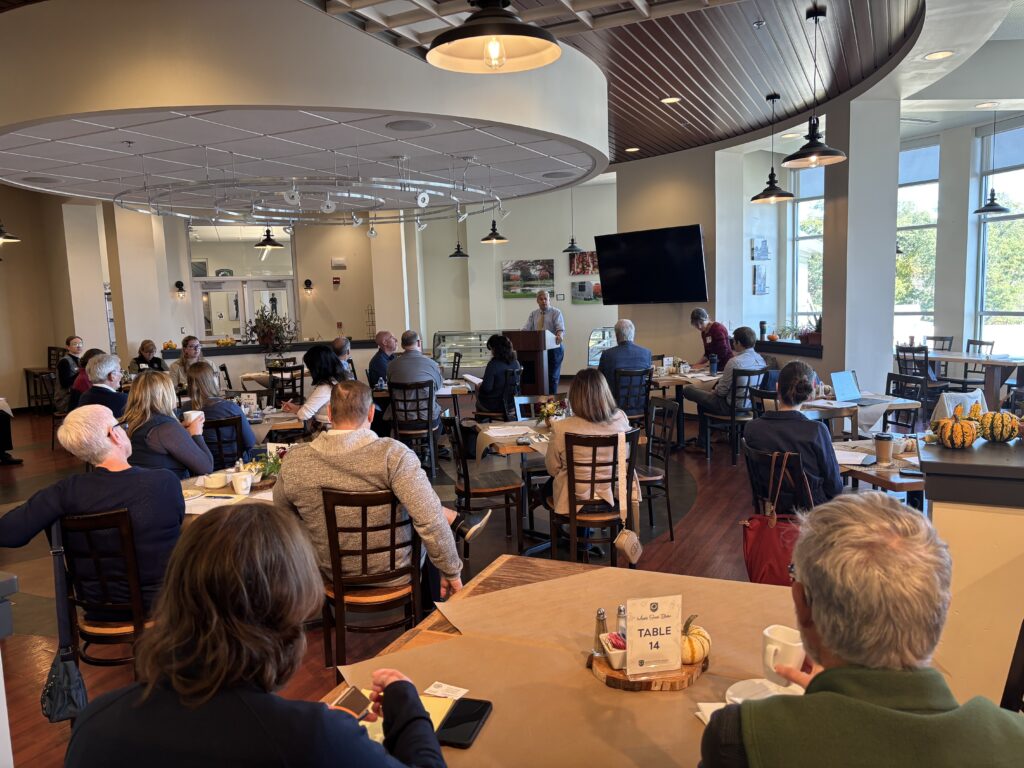Last week, the North Shore Water Resiliency Task Force convened and voted to take significant steps in shifting the organization’s posture from research oriented to execution focused and determining the next course of action. In addition to voting in two new subcommittees, the Lower Basin Subcommittee and the PFAS Subcommittee, the Task Force heard a report from the Earmark Subcommittee. Much of the conversation stemming from both the Earmark Subcommittee and the two new subcommittees centered around the high costs for PFAS compliance being faced by communities, and potential solutions to provide relief for those communities. This included investigating what combination of reliance on the Salem Beverly Water Supply Board (SBWSB) and the Massachusetts Water Resource Authority (MRWA) water could work best for communities in the Watershed. Given it would take 7-10 years for the SBWSB to restore the treatment capacity of its plant to the requisite 24 million gallons of water per day needed to meet demands of the lower basin communities, the Earmark Subcommittee also recommended the Task Force investigate ways to bridge a potential 2-5 year gap between the PFAS compliance deadline and the availability of SBWSB and MWRA supplies, including temporary/emergency sharing, limited new filtration, temporary extreme water conservation measures, regulatory flexibility, and other possible strategies. The Earmark Subcommittee also recommended potentially expanding the facilitation team, and the development of an online interactive decision-support tool to help all the stakeholders involved in this process to explore the benefits, costs, and trade-offs of various supply scenarios.
In addition to the Earmark Subcommittee’s report, the Task Force voted in two new subcommittees; the Lower Basin Subcommittee and the PFAS Subcommittee. The Lower Basin Subcommittee will focus on water supply issues for the lower basin and will consist of representatives from the municipalities of Beverly, Danvers, Ipswich, Middleton, Peabody, Salem, Topsfield, and Wenham in addition representatives from IRWA, the SBWSB, and one Task Force state legislator. Many of the water supply scenarios under consideration will require coordination and interconnections between these lower-basin stakeholders. Their ultimate implementation will depend on consensus among this group. The Subcommittee will establish what water supply scenarios are optimal for the lower basin communities using the technical reports the Task Force commissioned. They will also coordinate closely with the region’s Congressional delegation to capture more federal dollars, and look for ways to emphasize the cost savings as well as the cost burdens of supply options for the lower basin. They will then begin working towards proposals and implementations that can be presented to the full Task Force and executed on by lower basin communities.
The second Subcommittee, the PFAS Subcommittee, will investigate and recommend short-term treatment options for communities in the face of the 2029 PFAS compliance deadlines, the feasibility of intensive conservation, and opportunities for regulatory reprieve. While this Subcommittee will consist of almost all the same representatives as the Lower Basin Subcommittee, IRWA will not actively partake as the focus will be largely technical and have very little overlap with IRWA’s direct objectives.
Finally, the Task Force voted to authorize the Earmark Subcommittee to spend up to $100,000 on new facilitation personnel to help as the Task Force moves into decision-making mode. The Conservation and Demand Management Subcommittee closed the meeting, updating the Task Force on the four priorities that emerged from Task Force feedback from the June meeting. This subcommittee will be further exploring the tasks of: determining if a regional consumption goal is feasible and use data to explore what it could be; determining reasonable residential water usage goals for each community in the basin based on their individual circumstances; identifying and helping to acquire fiscal support for efforts to reduce unaccounted for water, and clarifying the resources needed to expand the conservation successes experienced by some Task Force members to others in the region. All of this continues to signal the Task Force’s shift from research to execution, and IRWA looks forward to continuing to represent the health and best interests of the Ipswich River to this critical Task Force. The next Task Force meeting will take place on Tuesday, October 29th.

